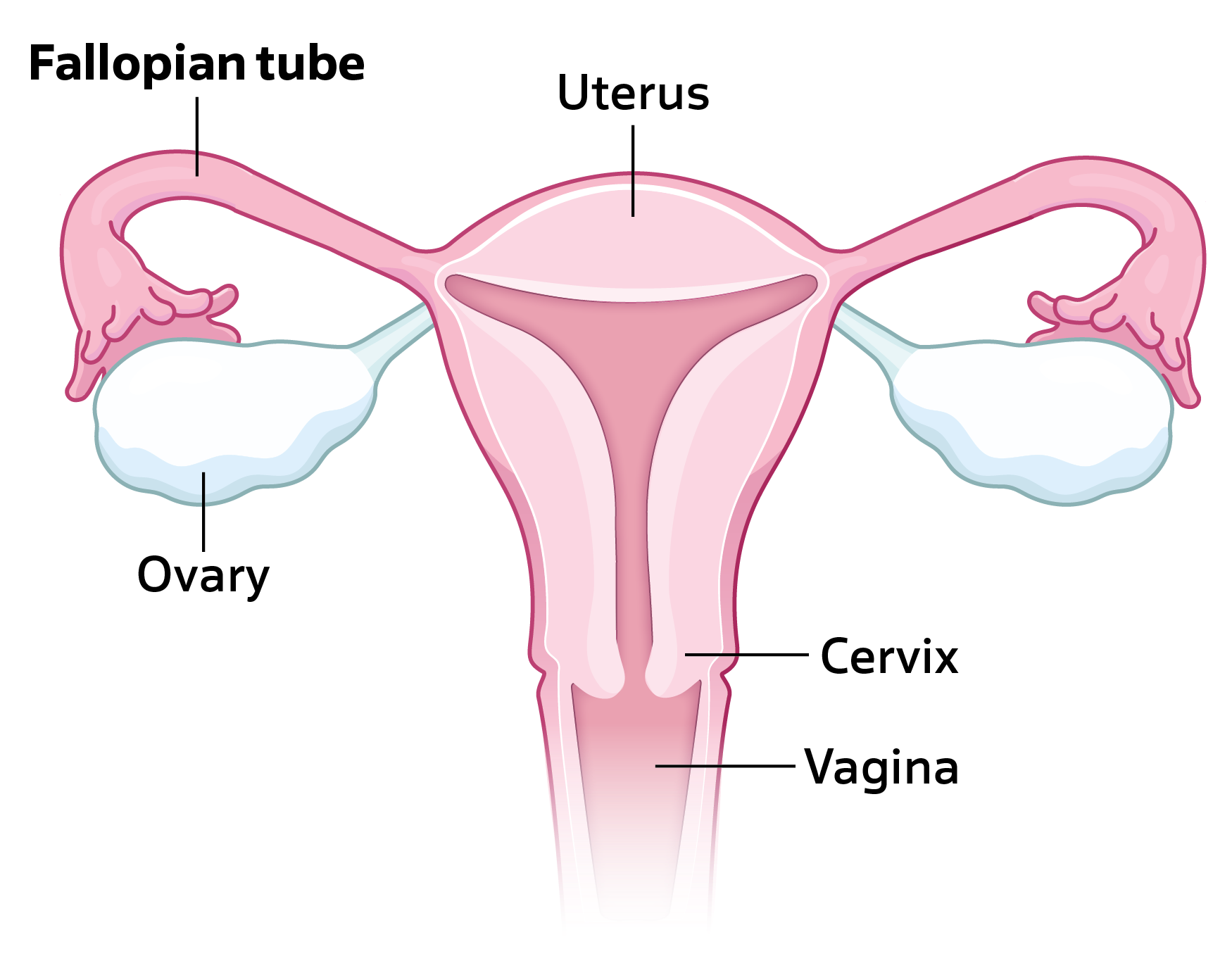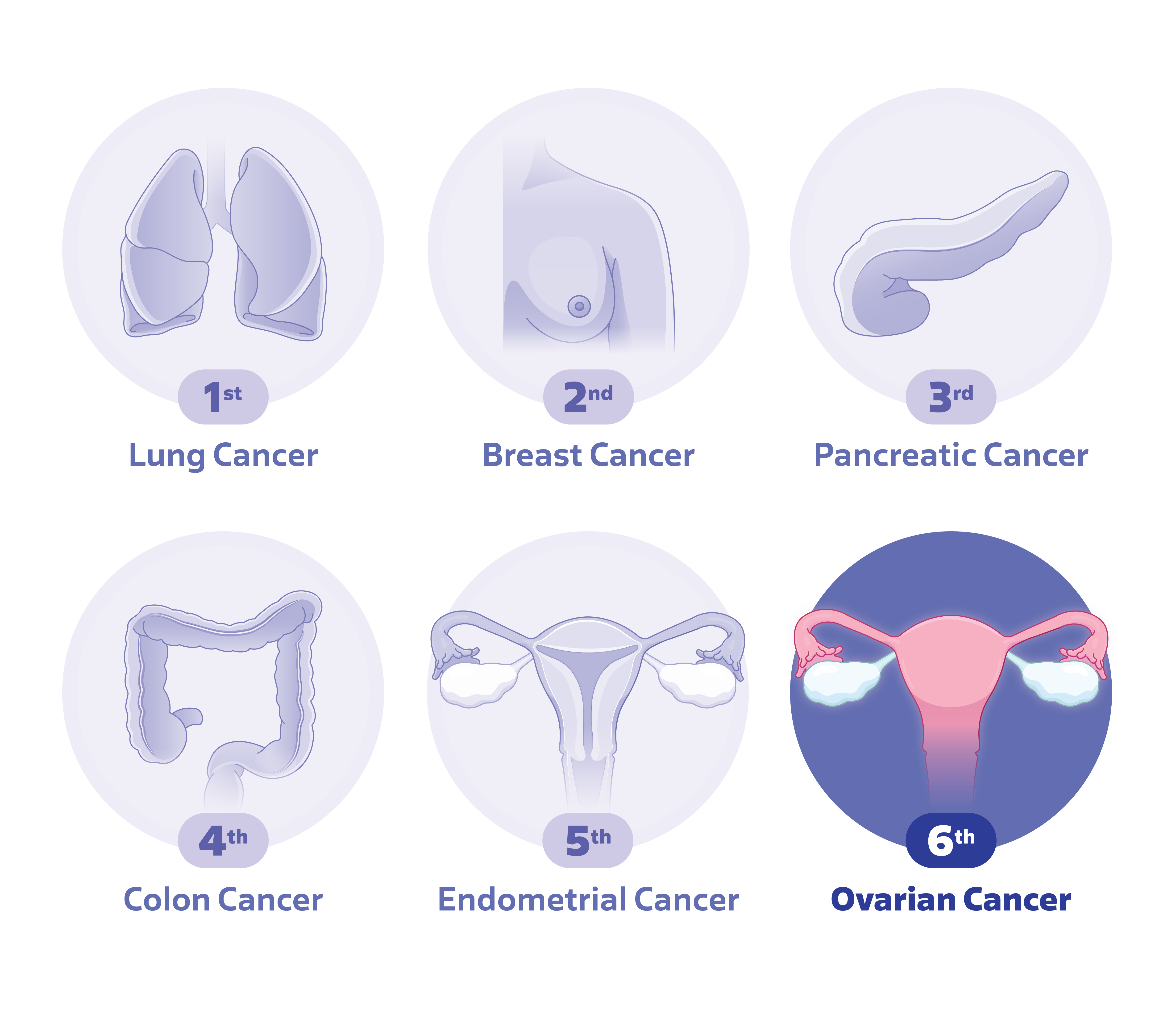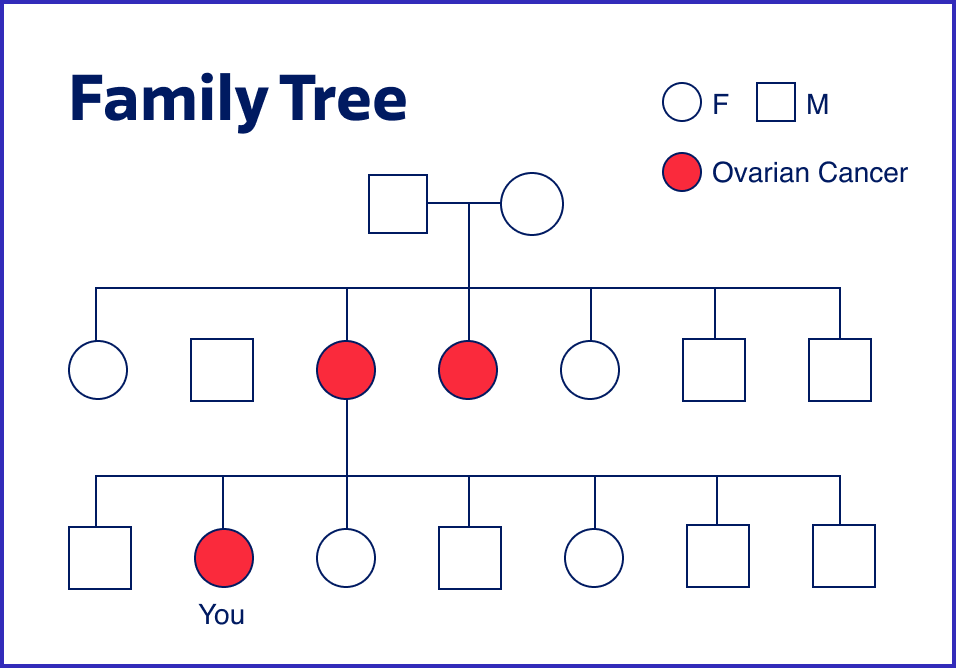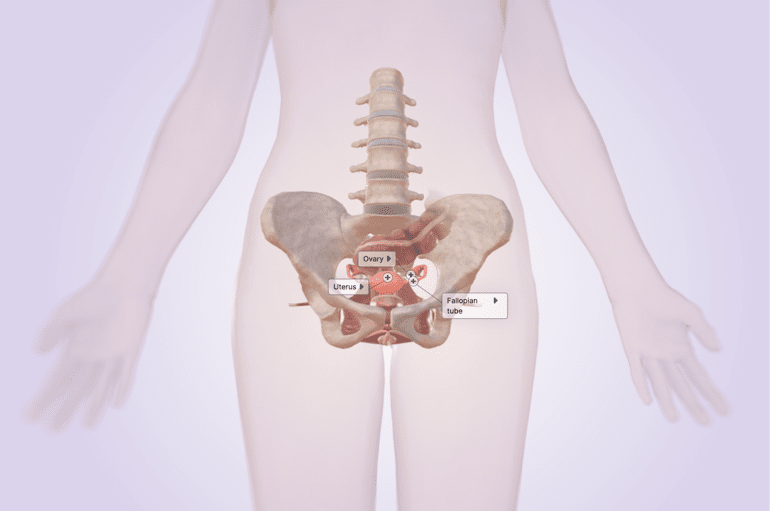It starts by knowing:
Most ovarian cancer starts in the fallopian tubes — not in the ovaries. There is NO screening — pap smears and ultrasounds do not work. You are at risk even without a family history. You can lower your risk by removing your fallopian tubes (called salpingectomy). Removing your fallopian tubes is a permanent form of birth control. Salpingectomy prevents 80% of the most common, deadly types of ovarian cancer.
You can choose salpingectomy as an option for ovarian cancer prevention. Find out if this option is right for you and your health.

Salpingectomy
Salpingectomy is the surgical removal of one (unilateral) or both (bilateral) fallopian tubes. Fallopian tubes allow eggs to travel from the ovaries to the uterus.
Important things to know about ovarian cancer
Scientists recently learned that most ovarian cancers actually begin in the fallopian tubes and spread to the ovaries. That is why it is recommended to remove both fallopian tubes (bilateral salpingectomy) during hysterectomy and instead of tubal ligation (tying the tubes).
Fallopian tubes connect the ovaries and uterus. Eggs (from the ovaries) travel through the fallopian tubes to reach the uterus (womb). The Ovaries and Uterus are left in place during bilateral salpingectomy.
After a bilateral salpingectomy, pregnancy is only possible through in vitro fertilization (IVF). Bilateral salpingectomy is the most effective method of permanent birth control.
There are no tests to screen for ovarian cancer
The symptoms are often vague and difficult to recognize.
Ovarian cancer usually does not show symptoms in its early stages. It is usually found after it has already spread from the fallopian tubes and ovaries to the rest of the abdomen. Once the disease spreads, the symptoms include frequent:
- Bloating or increased abdominal size
- Pelvic or abdominal pain
- Difficulty with eating or feeling full quickly
- Urinating more frequently or an urgent need to urinate more often
Late-stage ovarian cancer is more difficult to treat and can be life-threatening.
Fallopian tube removal can help prevent the most common and deadly form of ovarian cancer. However, it is still possible to develop some of the more rare types of ovarian cancer after having both fallopian tubes removed.

Stopping ovarian cancer is our life's work
In 2021, the innovative organization—Break Through Cancer—partnered with five world-renowned cancer centers. This helped start the Outsmart Ovarian Cancer Collaborative.





The most common type of ovarian cancer is the most dangerous. This is called high-grade serous cancer. This is the type that has been found to start in the fallopian tubes.
70% of “so-called” ovarian cancer is high-grade serous cancer.
The chance of someone diagnosed with this cancer living past 5 years is less than 50%.

The American Cancer Society estimates that almost half of women who are diagnosed with ovarian cancer will not survive.

Ovarian cancer is the sixth-leading cause of cancer-related death among women in the US.

There are no tests to screen for ovarian cancers that come from the fallopian tubes. This is because the fallopian tubes cannot be seen on ultrasounds, CT scans, or MRIs.
Most patients diagnosed with ovarian cancer have no known risk factors

People who have a family history of ovarian cancer should...
Talk to their doctor about genetic testing. This will help them better understand if bilateral salpingectomy is their best choice for preventing ovarian cancer.
Who needs to know about salpingectomy? Everyone.
Who is a candidate for salpingectomy?
- Anyone who wants to lower their risk of ovarian cancer.
- Anyone who does not need fallopian tubes for future pregnancy.
Bilateral salpingectomy is usually a low-risk procedure
Every surgery has some risk. Less than 4% of patients who have bilateral salpingectomy have the following complications:
Bleeding, Hernia, Injury to organs in the abdomen, Side effects of anesthesia, Infection, Scar tissue, and Chronic (long-lasting) pain
Most research has shown that having your fallopian tubes removed will not cause menopause to begin early. This is because the ovaries are left in place.

Bilateral salpingectomy may be a life-saving surgery for people with fallopian tubes
Prevention is the best way to ‘outsmart’ ovarian cancer. Stopping cancer before it starts can be life-saving. Doctors across the globe recommend people think about bilateral salpingectomy for ovarian cancer prevention when the time is right for them. This could be at the time of:
- hysterectomy
- permanent contraception (instead of tubal ligation)
- abdominal surgeries such as ovarian cyst removal, gallbladder removal, hernia repair and others
Ovarian Cancer Prevention Matters!

Explore a 3D animation to see how bilateral salpingectomy works
Take part in this 3D interactive experience.

